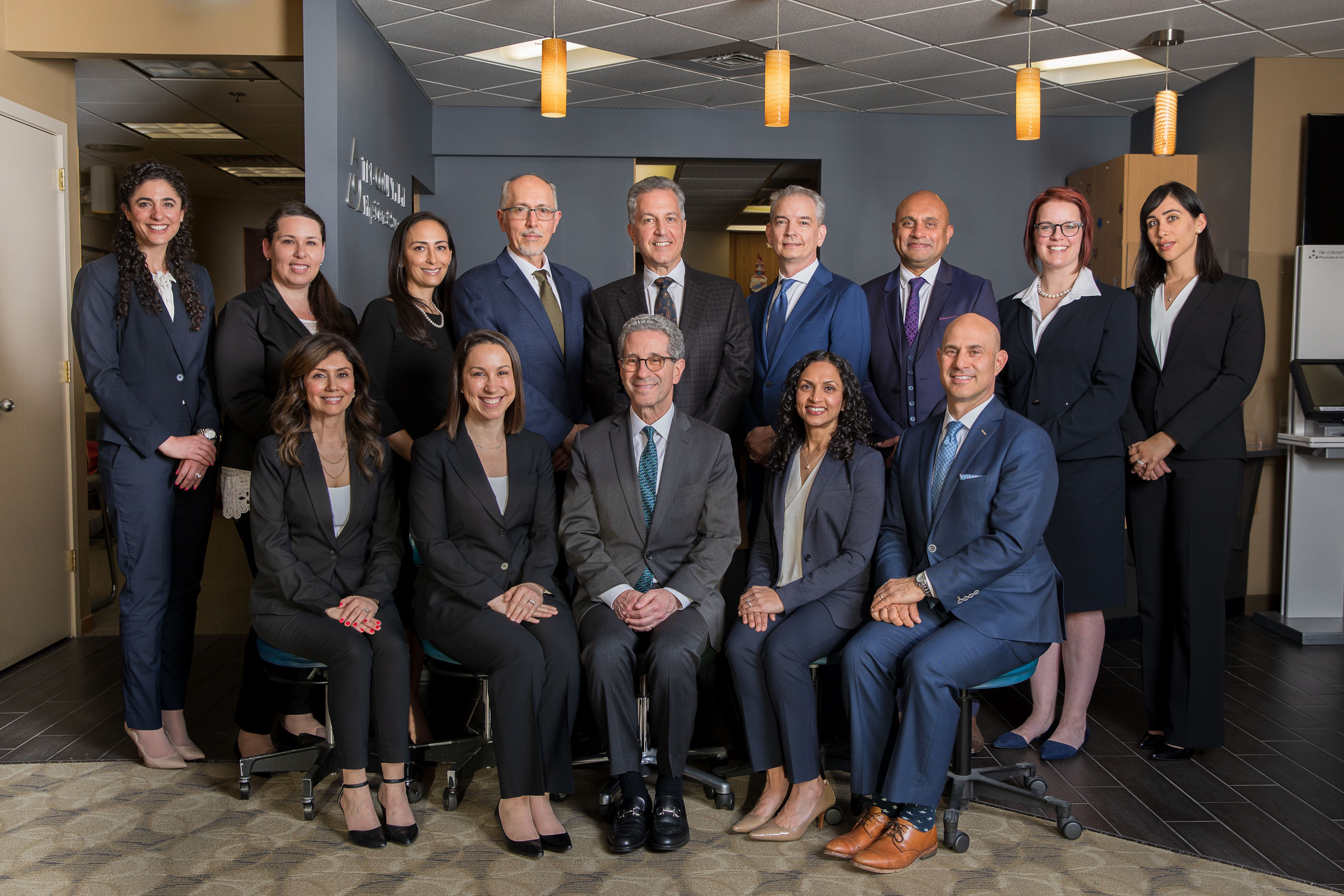Discover the most effective Eye Center Andalusia: Advanced Vision Solutions
Discover the most effective Eye Center Andalusia: Advanced Vision Solutions
Blog Article
Understanding the Various Vision Modification Procedures Available for Clearer Sight
In the world of vision adjustment treatments, a wide range of alternatives exist to address refractive mistakes and give individuals with more clear view. Let's check out the intricacies of these treatments and dropped light on the course to attaining improved vision clearness (Cardiologist Andalusia).
LASIK Surgical Treatment
LASIK surgical treatment is a typical refractive procedure used to fix vision problems such as nearsightedness, farsightedness, and astigmatism. This surgical strategy, which stands for Laser-Assisted in Situ Keratomileusis, intends to improve the cornea to enhance exactly how light is focused on the retina, ultimately improving vision clearness.
One of the primary benefits of LASIK surgery is the quick enhancement in vision experienced by individuals. Numerous individuals see a substantial improvement in their sight instantly after the treatment. Furthermore, many patients report marginal discomfort and discomfort during the surgical procedure and healing period. The recuperation time for LASIK is relatively quick, with several individuals going back to their everyday activities within a day or 2 post-operation. Generally, LASIK surgery is a preferred option for individuals looking for a lasting service for their vision troubles.
PRK Treatment

PRK is a suitable choice for people with thin corneas or those at a higher danger of eye injuries, as it does not include developing a corneal flap. The recuperation process for PRK is a little longer compared to LASIK, as the epithelium needs time to restore. Patients might experience discomfort and blurry vision for a few days complying with the procedure.
Regardless of the longer recuperation time, PRK can yield exceptional outcomes in vision renovation, making it a valuable alternative for those who may not be appropriate prospects for LASIK surgical procedure. - Cardiologist Andalusia
Implantable Lenses
In comparison to PRK where the cornea is reshaped directly, implantable lenses provide one more technique for fixing vision by placing synthetic lenses inside the eye. This procedure is especially valuable for people with high levels of nearsightedness, farsightedness, or astigmatism who might not be suitable prospects for laser surgical procedures like LASIK or PRK.
Implantable lenses, additionally referred to as phakic intraocular lenses, job by supplementing the eye's natural lens with a synthetic one. These lenses can be put before the natural lens (anterior chamber) or behind the iris and before the natural lens (posterior chamber) By adjusting the power and positioning of these lenses, ophthalmologists can effectively deal with refractive mistakes and site here boost aesthetic acuity.
One benefit of implantable lenses is that they are exchangeable and removable, providing versatility for future changes. As with any type of surgical procedure, there are threats included, such as infection or cataract development. Individuals thinking about implantable lenses ought to seek advice from an eye care professional to establish the most suitable alternative based on their specific needs and eye health.
Corneal Rings

The treatment for placing corneal rings is minimally intrusive and reasonably quick, commonly executed as an outpatient treatment. Throughout the surgical treatment, the ophthalmologist makes a little cut in the cornea and inserts the rings at a certain deepness. When in position, the rings assist to improve the cornea, supplying a smoother surface area for light to get in the eye, which can result in clearer vision.
Corneal rings are thought about a reversible look at these guys procedure, as they can be gotten rid of or changed if essential. While they might not totally remove the demand for glasses or call lenses, corneal rings can dramatically boost vision top quality and general visual convenience for people with keratoconus or various other corneal irregularities.
Refractive Lens Exchange
Following the adjustment of corneal irregularities with procedures like corneal rings, one more vision correction method that can resolve refractive mistakes is Refractive Lens Exchange (RLE) RLE is a surgical procedure that entails changing the eye's all-natural review lens with an artificial intraocular lens (IOL) to deal with refractive mistakes such as farsightedness, nearsightedness, and presbyopia. This treatment is especially advantageous for individuals that may not be ideal candidates for procedures like LASIK or PRK due to variables such as thin corneas or high refractive errors.
RLE is similar to cataract surgical procedure, as both involve getting rid of the eye's natural lens; nevertheless, in RLE, the lens is clear, not over cast as in cataracts. The synthetic lens implanted during RLE can be tailored to resolve the person's certain refractive mistake, supplying clear vision at numerous ranges. Recuperation time for RLE is reasonably quick, and patients can expect better vision quickly after the procedure. Similar to any surgical treatment, possible dangers and difficulties exist, so a complete appointment with an eye care specialist is vital to establish if RLE is the appropriate vision modification alternative.
Final Thought

In the realm of vision modification treatments, a multitude of options exist to deal with refractive mistakes and provide individuals with more clear sight.LASIK surgical treatment is a typical refractive treatment used to deal with vision issues such as astigmatism, nearsightedness, and farsightedness.While likewise a common refractive treatment, the PRK (Photorefractive Keratectomy) method differs from LASIK surgery in its method to remedying vision problems.Adhering to the adjustment of corneal abnormalities with treatments like corneal rings, another vision correction strategy that can attend to refractive mistakes is Refractive Lens Exchange (RLE) LASIK surgical treatment, PRK treatment, implantable lenses, corneal rings, and refractive lens exchange are all choices that can address different vision problems.
Report this page